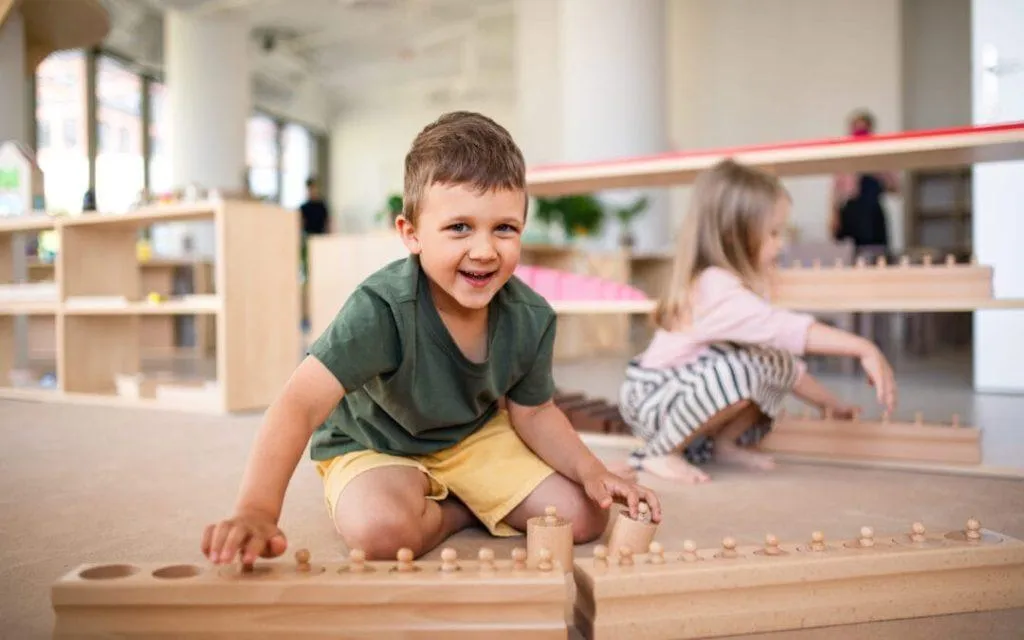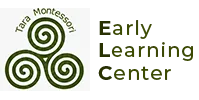Welcome to Tara
Montessori Early
Learning
We are childcare centre committed to providing high quality learning
and child care for all children!
Got questions? or ready to enroll?
Simply give us a call for a quick tour, we would love to hear from you
Contact us

Get in touch with us

Send us a Message
Parent Newsletter
Tara Montessori Early Learning Centre © All rights reserved

